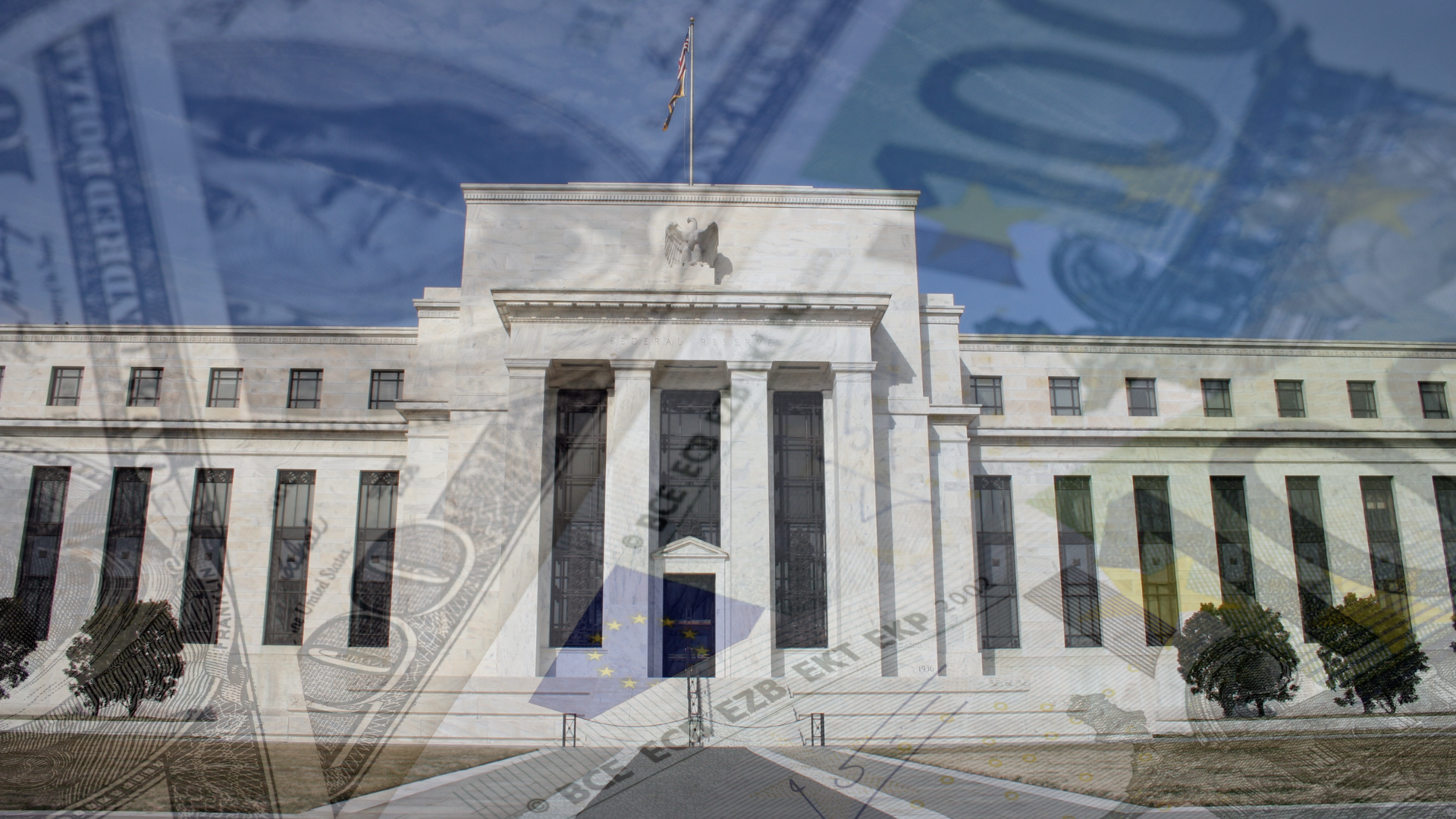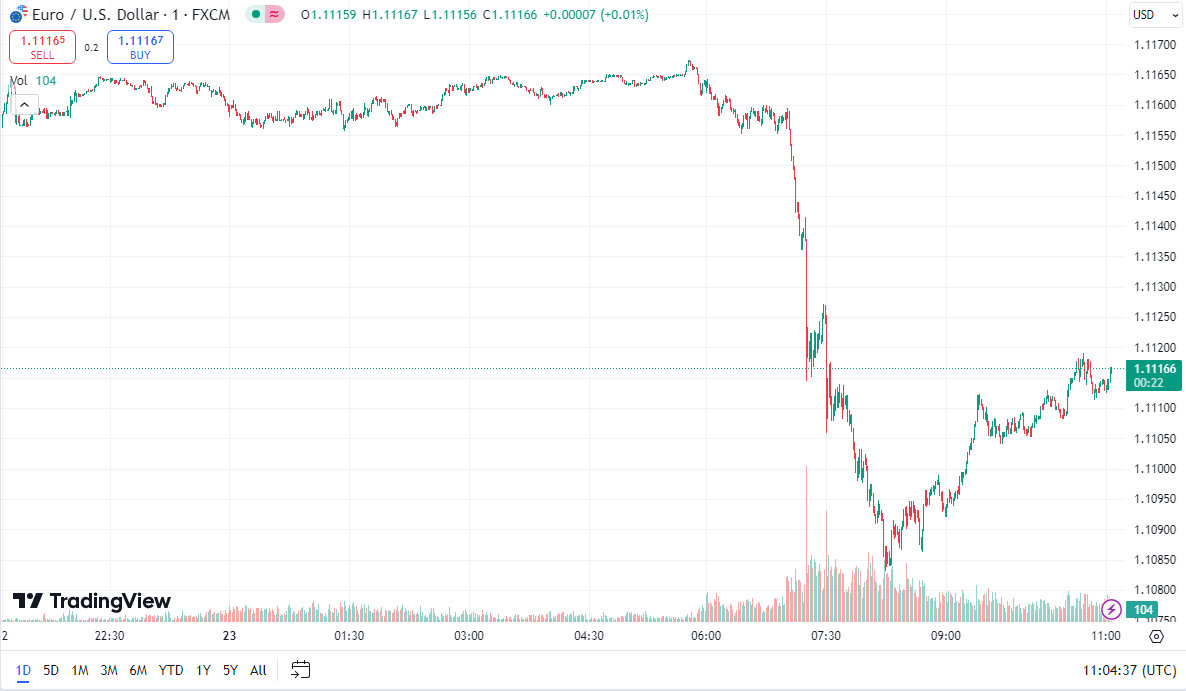
The EUR/USD pair slipped below the 1.1100 level during Monday’s European trading session, pressured by a stronger U.S. Dollar (USD) and unexpectedly weak economic data from the Eurozone. The currency pair’s decline comes amid growing speculation that the Federal Reserve (Fed) may deliver another aggressive rate cut in November, despite lingering concerns over inflation and job growth.
Market sentiment shifted as investors increasingly bet on the Fed opting for a 50 basis points (bps) rate cut in November, following a similar move last week. According to the CME FedWatch tool, the probability of a 50 bps cut has surged to 51.7%, up from 29.3% just a week ago. This has given the U.S. Dollar a boost, putting downward pressure on the Euro.
However, not all analysts agree on the likelihood of another large rate cut. A Reuters poll of economists suggests the Fed might take a more cautious approach, forecasting 25 bps cuts in both the November and December meetings instead of a more aggressive policy stance. In a statement last Friday, Fed Governor Michelle Bowman voiced her opposition to the 50 bps cut, arguing that a smaller 25 bps reduction would have been more appropriate, as inflation has yet to return to the Fed’s 2% target.

Adding to the Euro’s weakness, the latest Eurozone PMI data showed a surprising contraction in the region’s economic activity. This downturn raised concerns over the health of the Eurozone economy, amplifying the downward pressure on the Euro. The Eurozone Composite PMI slipped into contraction territory, signaling that economic activity may be slowing at a faster pace than anticipated.
On the U.S. economic front, attention now turns to the release of the S&P Global PMI for September, which could provide further clues about the state of the U.S. economy. Expectations point to a slight improvement in the Manufacturing PMI to 48.5, but the figure is still below the 50.0 level, indicating continued contraction in the sector. Meanwhile, the Services PMI is expected to dip to 55.2, reflecting a potential cooling in service sector activity.
With EUR/USD trading below 1.1100, technical analysts are watching key support levels closely. The pair is expected to find short-term support near its 20-day Exponential Moving Average (EMA) at 1.1090. If the Euro fails to hold above the psychological level of 1.1000, further declines could target the July 17 high of 1.0950. On the upside, resistance near 1.1200 remains a significant hurdle for Euro bulls.
As market participants digest the latest economic data and Fed speculation, the near-term direction for EUR/USD will likely hinge on central bank policy signals and any fresh developments in the global economic landscape.

















